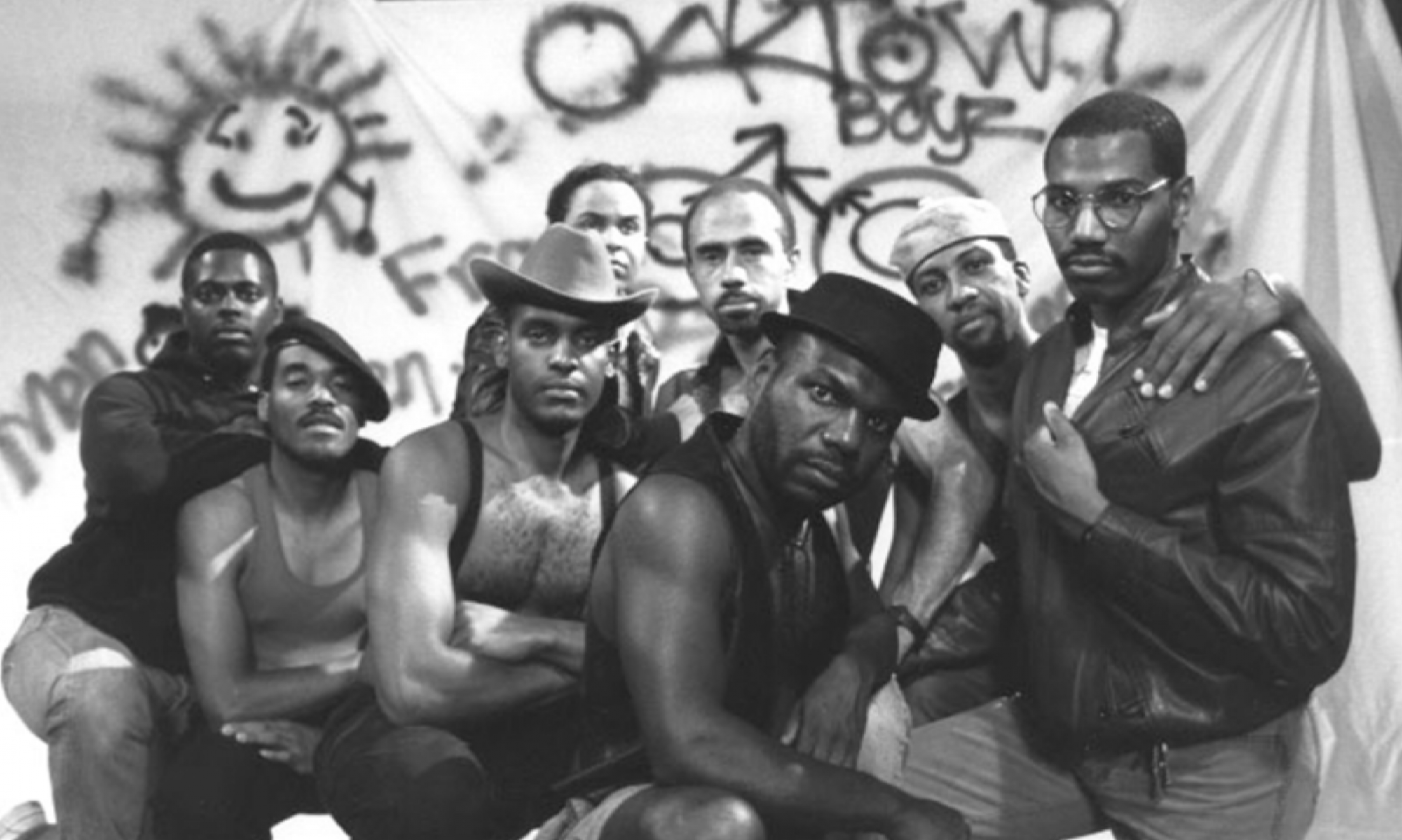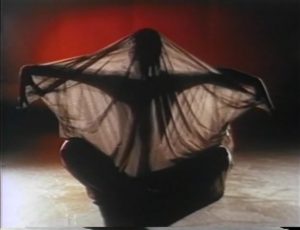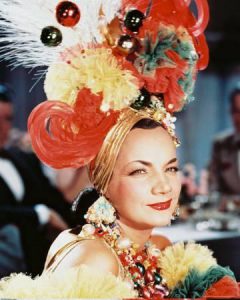The Agency of the Teenage Girl: Laurel Dallas and Betty Friedan
In many ways, Stella Dallas seems like a film that respects and realizes the full complexities of womanhood in an aggressively patriarchal society. Our primary protagonist, Stella, is ambitious and independent from the beginning. She is young and poor with few opportunities, but she brings herself up through the social hierarchy via marriage to a wealthy man. She desires the same for her daughter, Laurel, and dedicates herself to making sure Laurel always exemplifies everything that a woman should be. In spite of her careful tailoring of Laurel’s future, the film continually emphasizes how much Stella loves her daughter, and Laurel loves her mother.
Stella never truly fits into her role as a bourgeois woman. She never completely looks the part, and she comes to the conclusion that the last thing holding Laurel back from recognizing the future Stella wants for her is Stella herself. Once Stella divorces Laurel’s father, she sends Laurel to live with him, much to Laurel’s disappointment. When Laurel learns she won’t be returning to her mother, she runs back, intent on staying with her mother. Stella, in turn, lies to Laurel and concocts the cruelest of manipulations-that she is marrying the predatory, drunken Ed Munn, she doesn’t want Laurel anymore and she is moving far away-to force Laurel into the restrictive societal role of her father’s and new stepmother’s sphere.
In one way, it is a demonstration of Stella’s agency and sacrifice. She believes she is doing what is best for Laurel, and the ending, featuring Stella’s observing Laurel’s fancy wedding through a window, is supposed to make the audience agree that Stella did the right thing. Here Laurel is, living her best life, all thanks to Stella’s sacrifice.
Consequently, though, the film consistently steamrolls Laurel’s agency as a teenage girl. She consistently, explicitly states what she wants and why she wants it. She tells us how Munn makes her uncomfortable long before he shows up drunk and toting a bird carcass at Christmas. She knows exactly how Stella is different from the other women in their class, but she chooses her anyway. There is little about the situations presented by the film that Laurel doesn’t understand. Only at the end, when Stella explicitly lies to her, does Laurel not make a fully informed decision. She is supposedly a silly child in a way that the film’s men, of any age, are not.
All Stella’s desires for Laurel, even though they are expressed as the desires of a woman for the success of another, are created and fueled by the patriarchy. This phenomenon is dissected in “The Problem That Has No Name” from Betty Friedan’s 1963 The Feminine Mystique. Friedan describes the archetypical woman who “made the beds, shopped for groceries, matched slipcover material, ate peanut butter sandwiches with her children, chauffeured Cub Scouts and Brownies, [and] lay beside her husband at night”. Laurel’s dissatisfaction with the prospect of that life in exchange for her mother is completely dismissed as the fancies of a silly little girl. Stella truly knows what’s best for her, the film tells us, and it’s her sacrificing her daughter that is the worthwhile tragedy. Laurel is simply a pawn-one Stella cares about, to be sure-in a long game to satisfy the patriarchy. Throughout the film, no one listens to Laurel.
Though it was released twenty-five years prior to the publishing of The Feminine Mystique, Stella Dallas answers directly to the observations Friedan makes about the lost period between suffrage and the symbolic end of first-wave feminism, and this new text itself and the symbolic beginning to second-wave feminism.
Betty Friedan asks, “‘Is this all?’” Stella herself answers, yes, it is.



